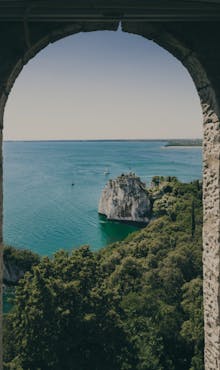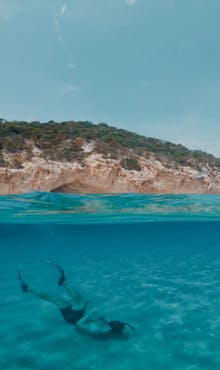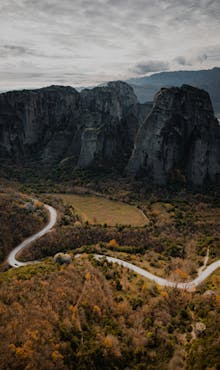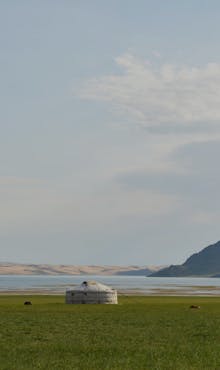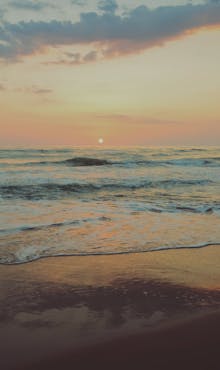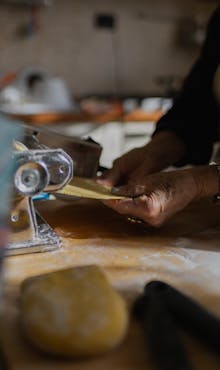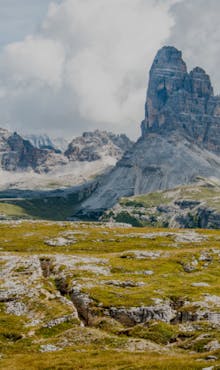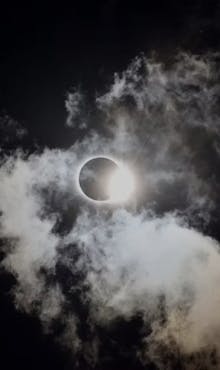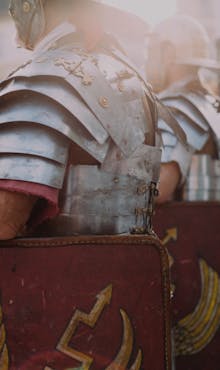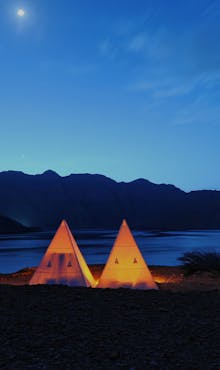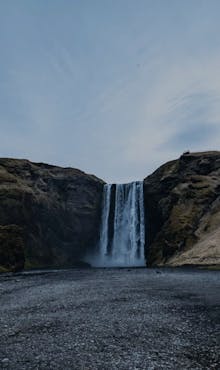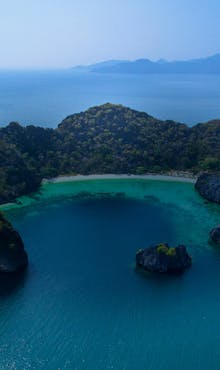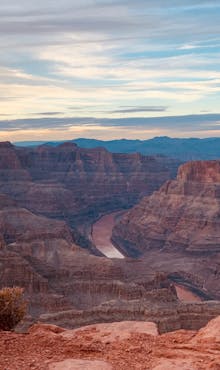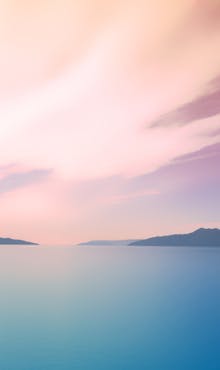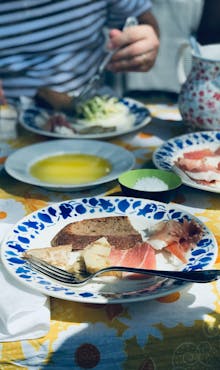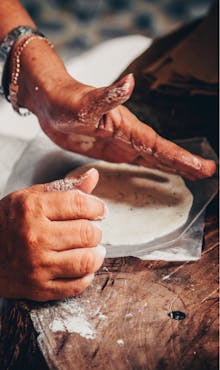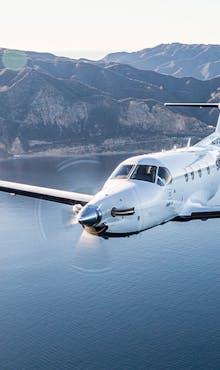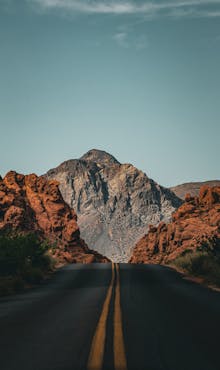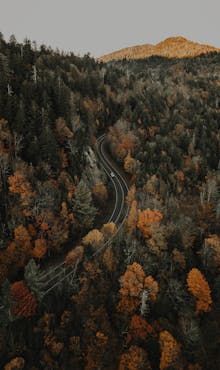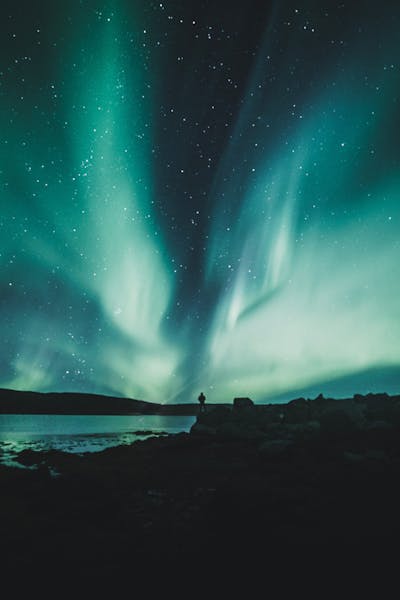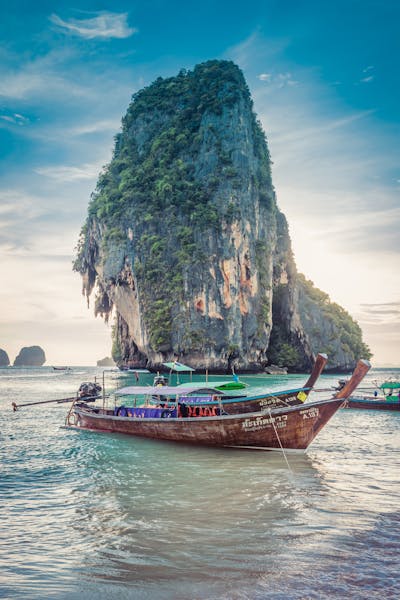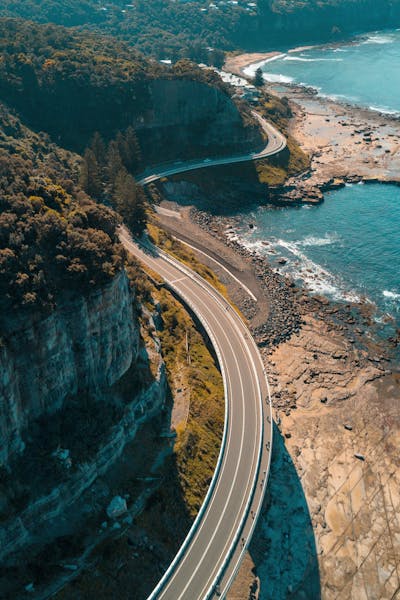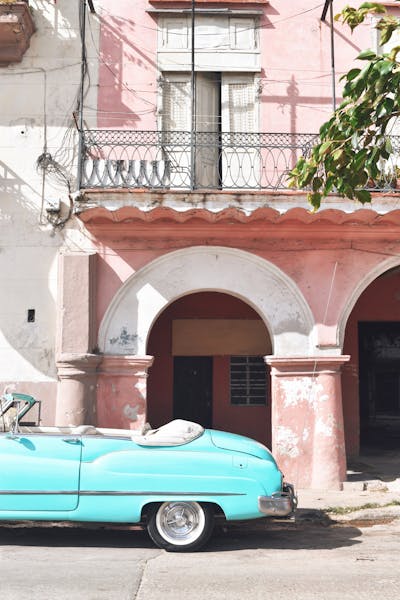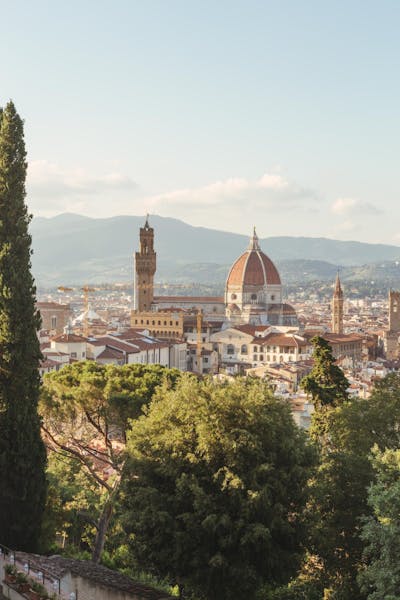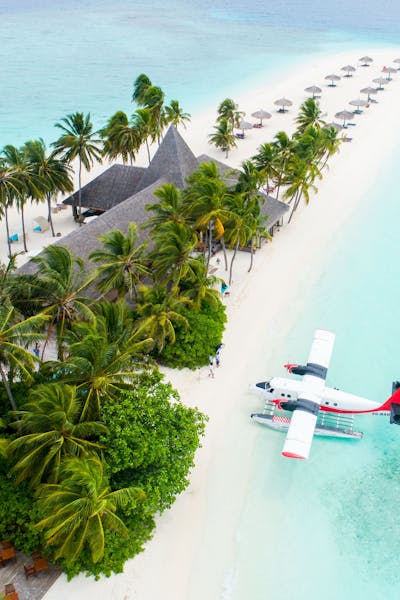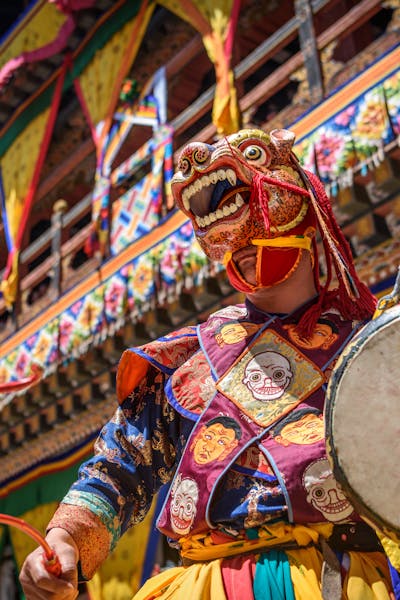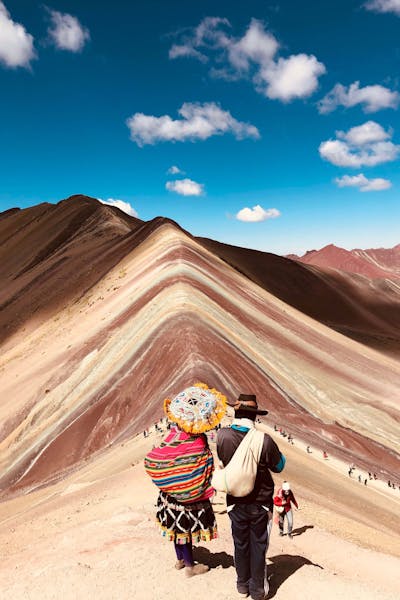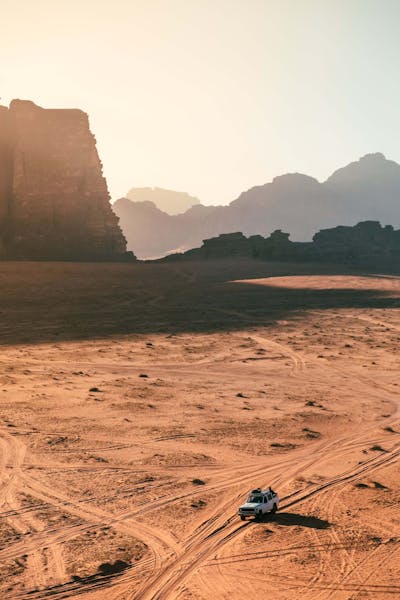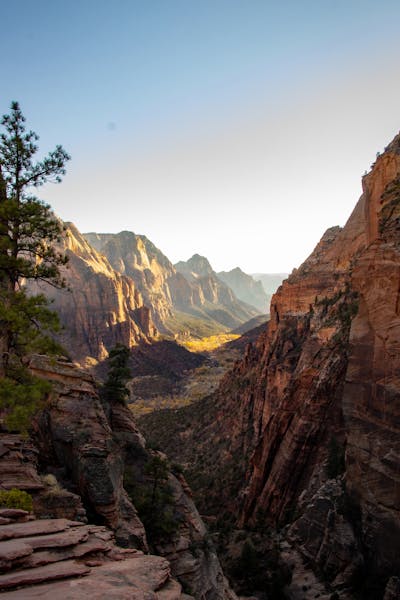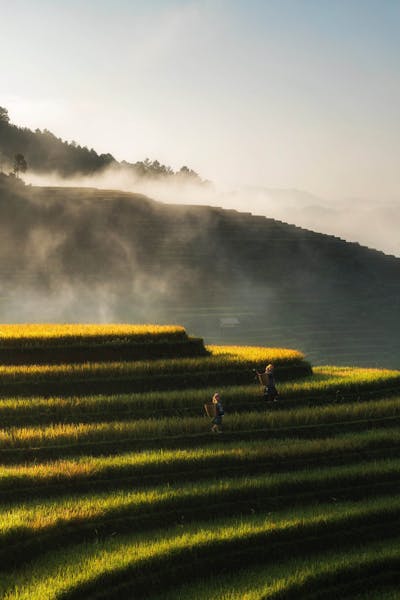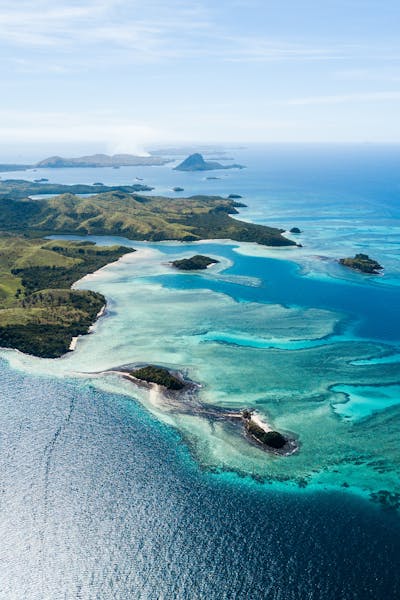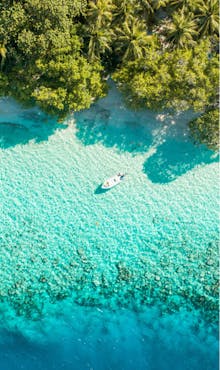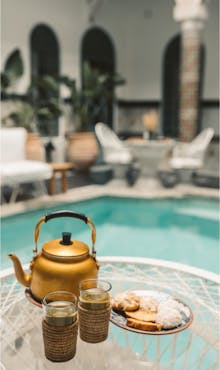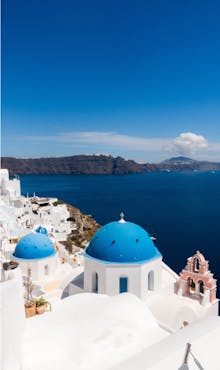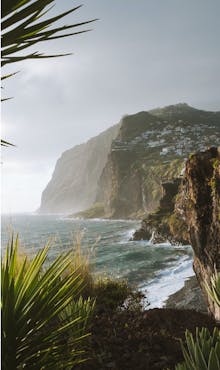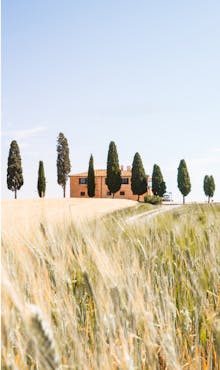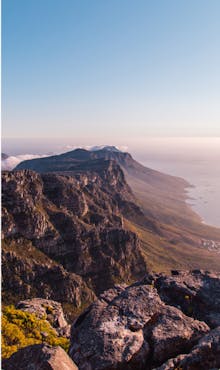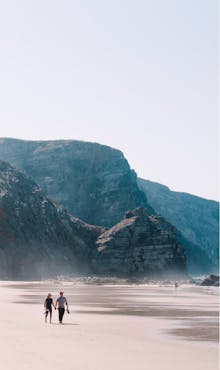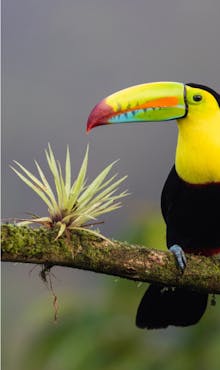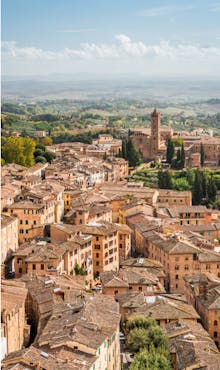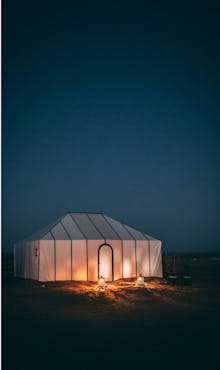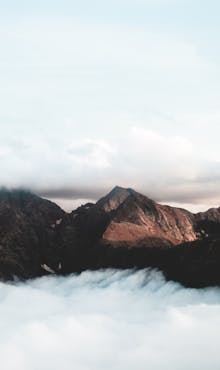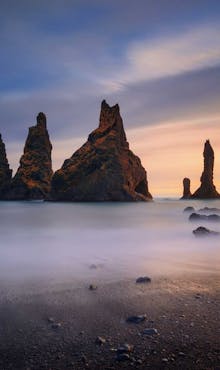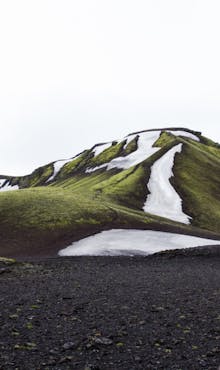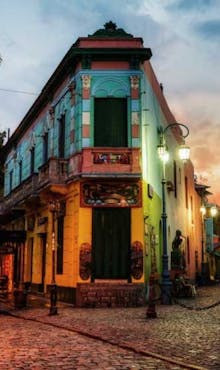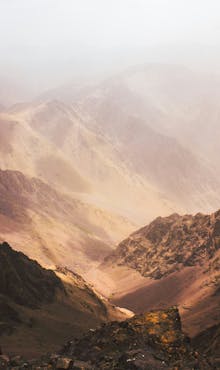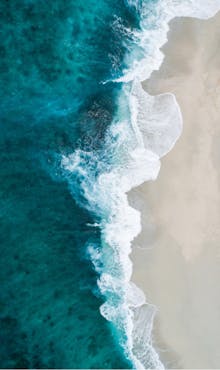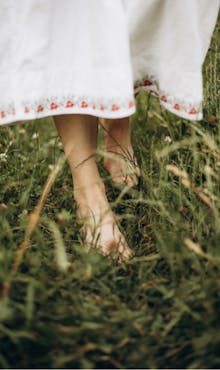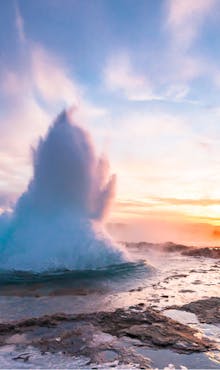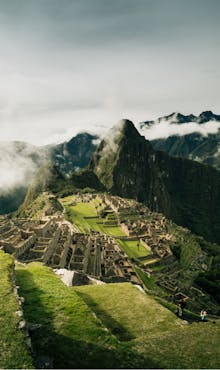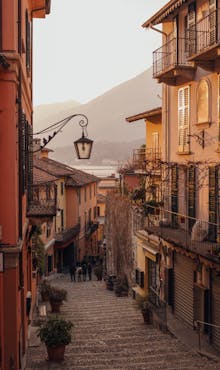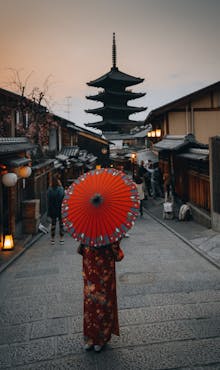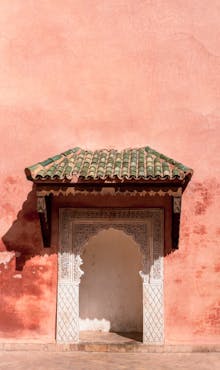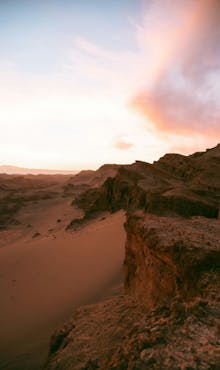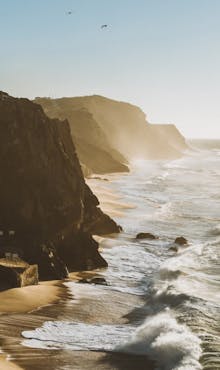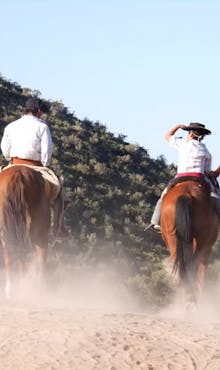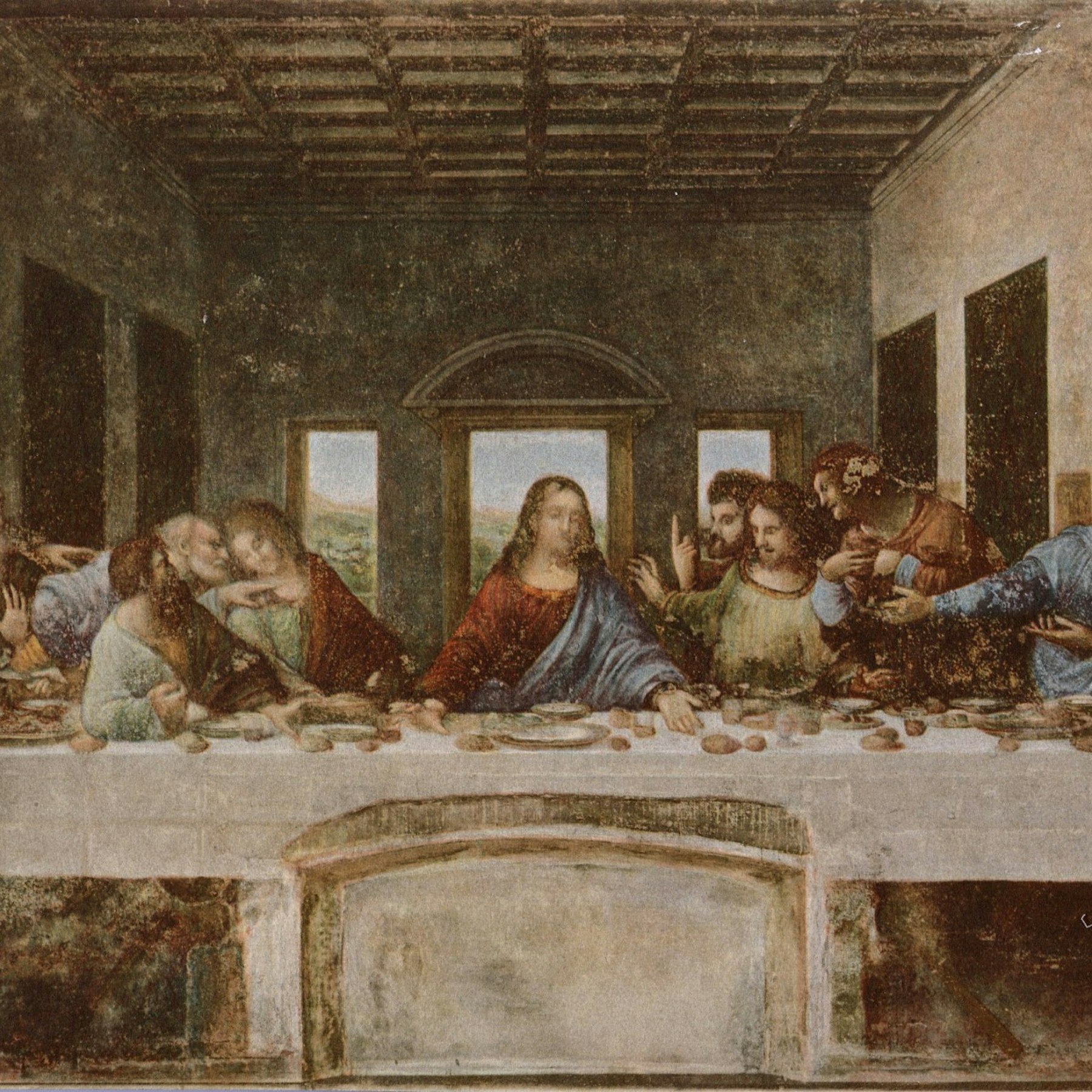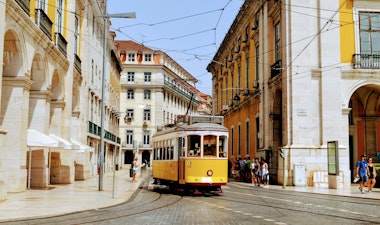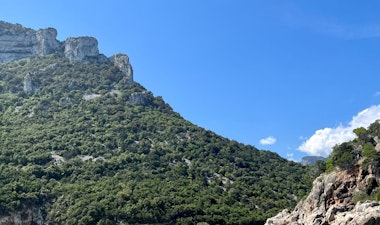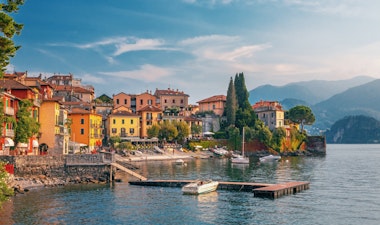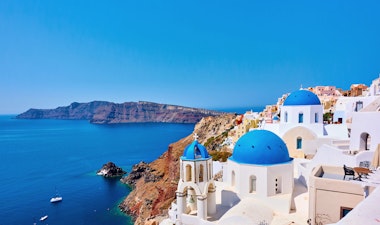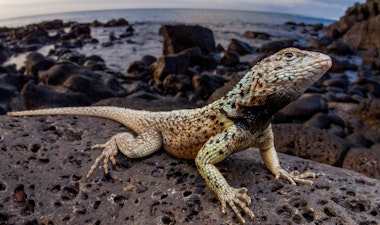Retrace the steps of Leonardo da Vinci – the world’s greatest artist.
This year marks the 500th anniversary of the death of the world’s best-known artist, Leonardo da Vinci (1452 – 1519). Having lived a life of relentless creativity in Renaissance Italy and France, the great man’s trail can easily be traced across the galleries, museums and cities of his native and adoptive homelands. Read on for our inspiring tour through the places where he honed his craft and made his name. We’ll also show you where you can see his surviving works in the flesh, as well as how, with Black Tomato, you can avoid the inevitable crowds at the Louvre and see the Mona Lisa without, well, a sea of smartphones blocking your view.
The life and work of Leonardo da Vinci
The Mona Lisa’s notoriety can eclipse the many other reasons for da Vinci’s fame. The Renaissance master was known not only as a painter but as a sculptor, engineer, inventor and architect. But while many of his works were never finished – or have not survived the ages – his influence on later generations has been undeniable, and profound. He would make his final journey aged 64, when the still spry artist packed the Mona Lisa into a saddle-bag and rode by donkey across the Alps on the invitation of the King of France. He was rewarded with a sprawling chateau in the Loire, where he would end his days.
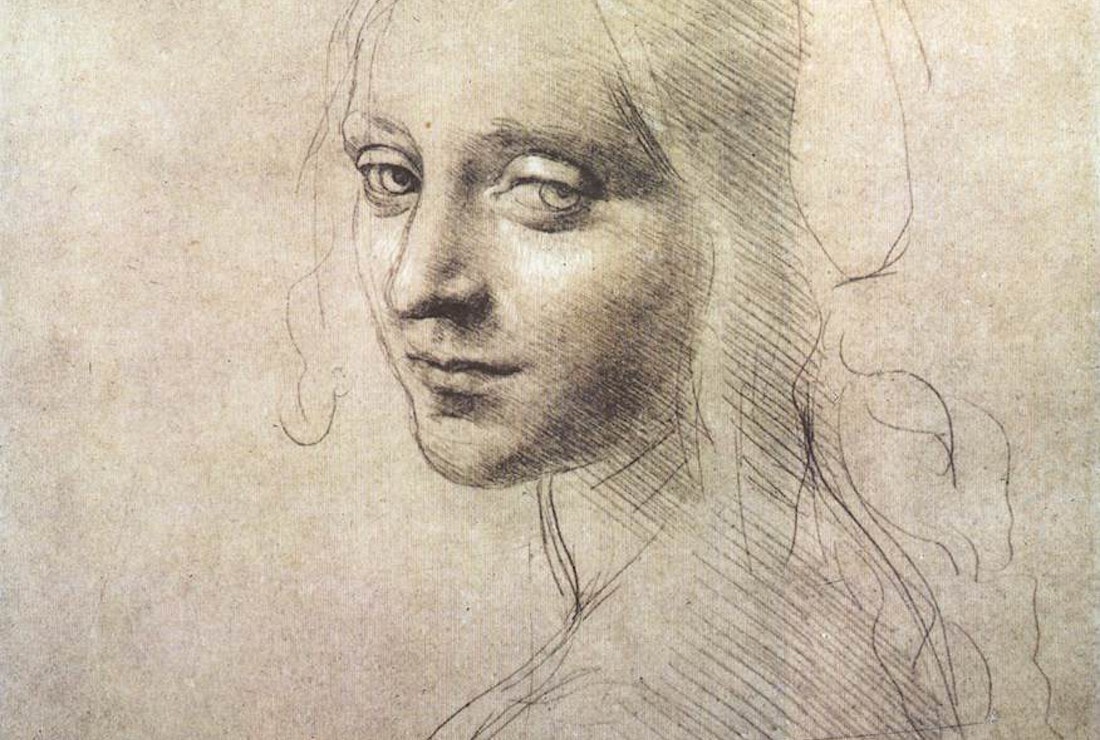

Where was da Vinci born?
Leonardo was born near the Tuscan hill-town of Vinci, from which he takes his name. An illegitimate child, he was raised by his paternal grandfather and went on to Florence (his father’s city) to receive early artistic training with the sculptor Andrea Verrocchio. Like any precocious creator, da Vinci’s early life was one of huge productivity and a certain artistic rebelliousness. It was during this time he developed his interest in drawing, anatomy and geometry. In Florence today, travellers can see some of his works at Italy’s powerhouse art museum, the Uffizi Gallery, including the Annunciation and Adoration of the Magi.
How to see da Vinci’s work in Milan
By 1483, Leonardo felt increasingly stifled by the rules and traditions of Florence and sought more exciting opportunities in Milan. He would write to the powerful Sforza family – who ruled the city – asking for employment as a military engineer (evidence that Leonardo was nothing if not incredibly bold). Landing the job (honestly, this guy), he would go on to produce some of his most remarkable work in this northern Italian city, including the first version of his Madonna on the Rocks.
In Milan today, travellers can cast eyes upon the Last Supper (or Cenacolo Vinciano), which resides in the church of Santa Maria della Grazie, which the artist completed in 1498. It remains one of the world’s most remarkable and recognizable paintings. You can also visit the Biblioteca Ambrosiana to view his iconic Codex Atlanticus, a notebook filled with some of his most memorable sketches. Of course, Milan isn’t all churches and drawings. Our trips to Milan and its surrounds come with a heavy dose of luxe hotels, world-class cuisine, and ample shopping opportunities, including a visit to the gold-skinned Fondazione Prada (for those whose artistic taste is more modern than Medici).
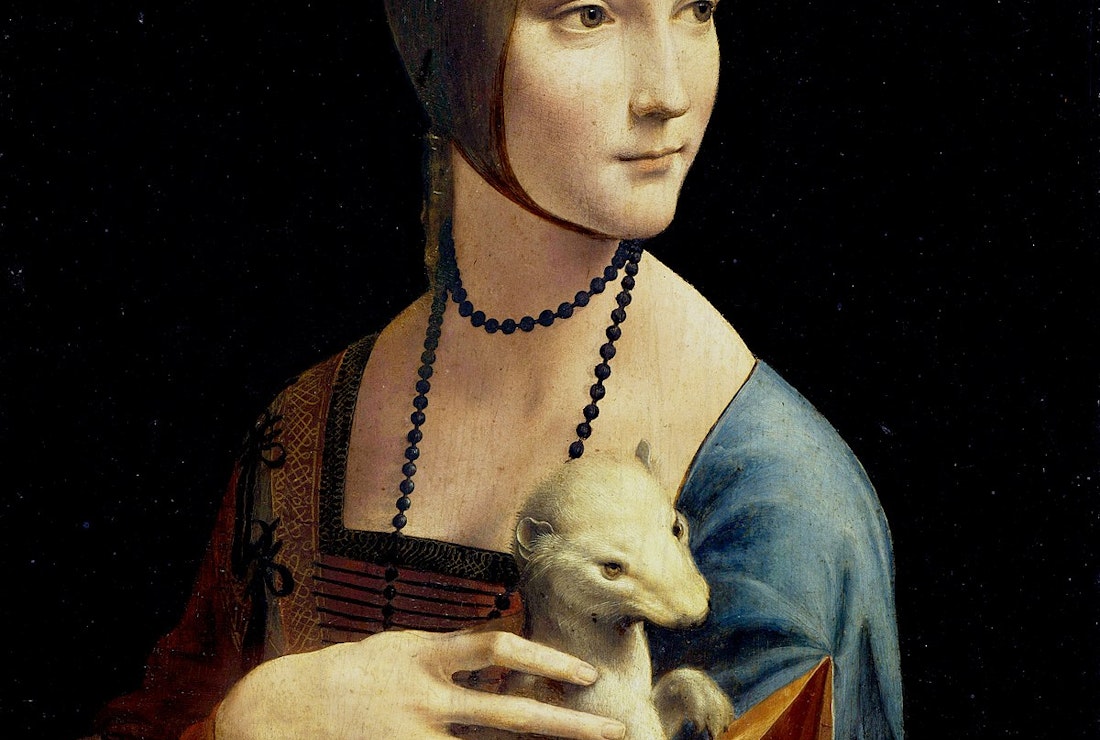
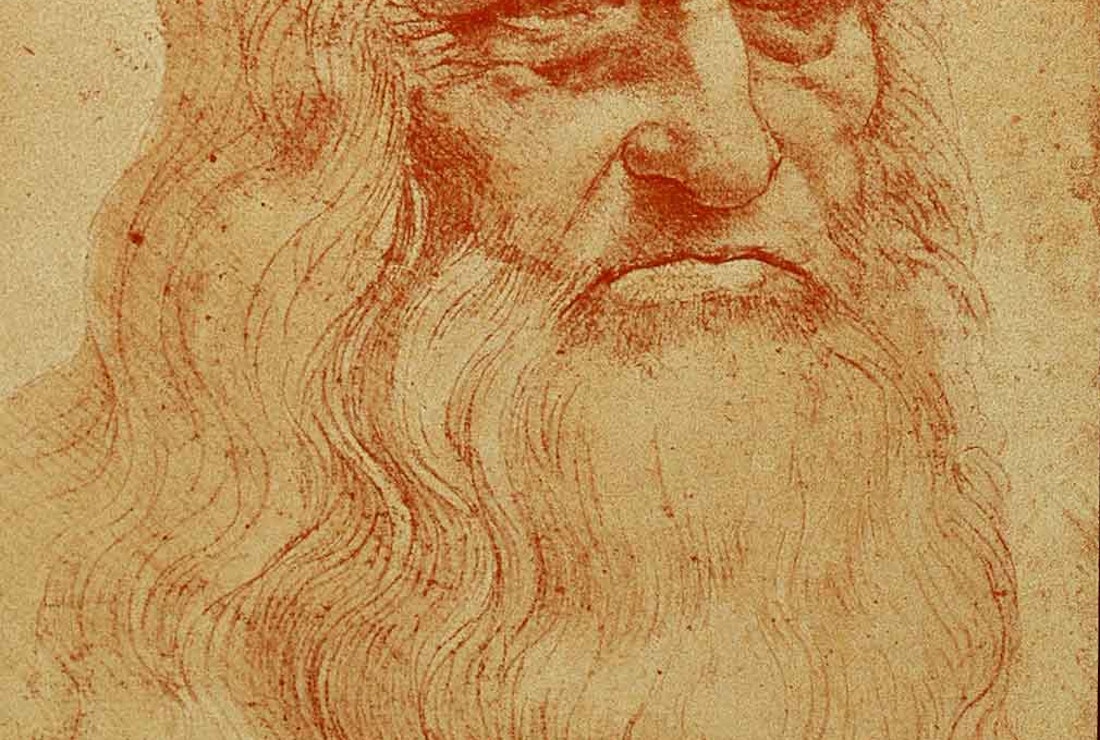
How to see da Vinic’s work in Venice, the floating island city
While da Vinci isn’t super closely associated with Venice, the city – which continues to be the beating heart of modern Italian art – houses his instantly recognizable study of the human form, Vitruvian Man, which is kept at the Galleria dell’Accademia. So if you want to add Venice to your Italian Black Tomato experience, we can happily lead the way (while pairing it with a truly modern taste of contemporary art at the Venice Biennale).
How to see da Vinci’s work in Rome (to which, aha, all roads lead)
Da Vinci would spend several years in Rome – the country’s ancient imperial seat. And while he stayed here for only a short while, the Romans love him as one of their own. Da Vinci’s only Roman painting is the spectacular (and unfinished) St Jerome in the Wilderness, which is currently displayed at the Vatican, while Fiumicino airport has honoured the master with a large-scale replica of one of his celebrated flying machines. We have no idea whether Leonardo preferred his pizza Roman or Neapolitan style, but you can do the math during our freshly-baked Roman food itinerary in partnership with Eater, which leads – somewhat appropriately – to Florence. See, you really can eat in the footsteps of the great man.
INTRIGUED BY ITALY?
Whether or not it’s art that animates you, we can tailor your ideal Italian getaway exactly around your wants and needs. Our Travel Experts are waiting.
How to see da Vinci’s work in France
Much of the great artist’s work is on view in France, the country where he spent his final years while enjoying the patronage of its King, Francis I. The most important work by da Vinci located in France is the Mona Lisa, housed in the Louvre. Find out how to get a rare, one-on-one experience with it below. Elsewhere, you can visit the town of Amboise and the Château de Clos Lucé where he spent his final years. Located east of the historic city of Tours, a ‘highlights’ of France trip can easily take you along this route should you choose, on your way to the wine-soaked lands of Bordeaux.
Book a private, after-hours tour of the Louvre with Black Tomato
The Louvre – arguably one of the world’s most iconic art galleries – can become exceptionally busy, with large crowds gathering around da Vinci’s most famous work, the Mona Lisa. The solution? Take our charmingly chic trip to the city of love, where we can arrange a private tour of this gigantic gallery; letting you lock eyes with the Mona Lisa after hours and without the crowds. Funny to think that Leonardo once packed this work into a donkey’s saddle-bag.
FEELING INSPIRED? BROWSE OUR ITINERARIES TODAY
Our intrepid, Italy-loving Travel Experts are ready and waiting to answer your questions about the ‘boot’ of Europe. Browse our trips and experiences below.




